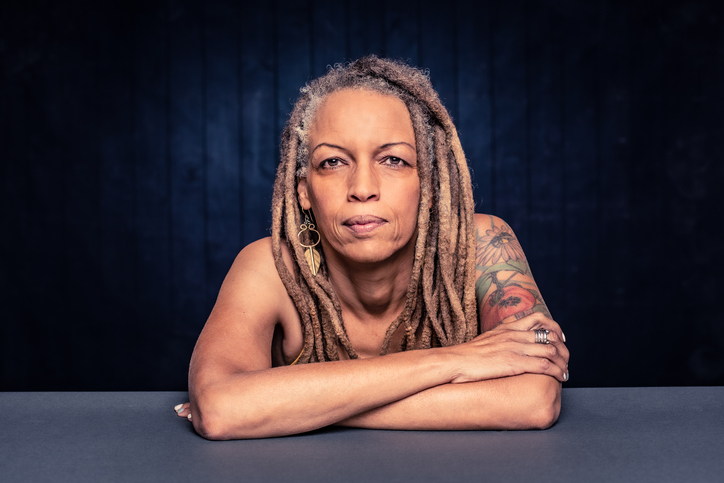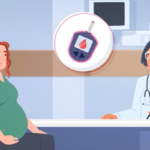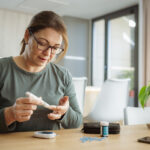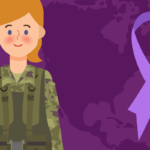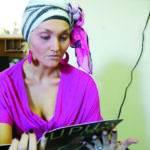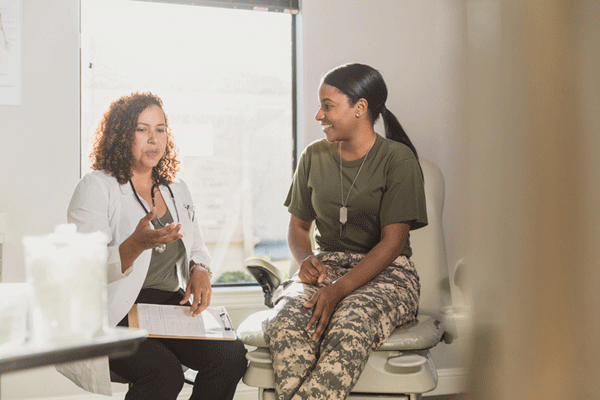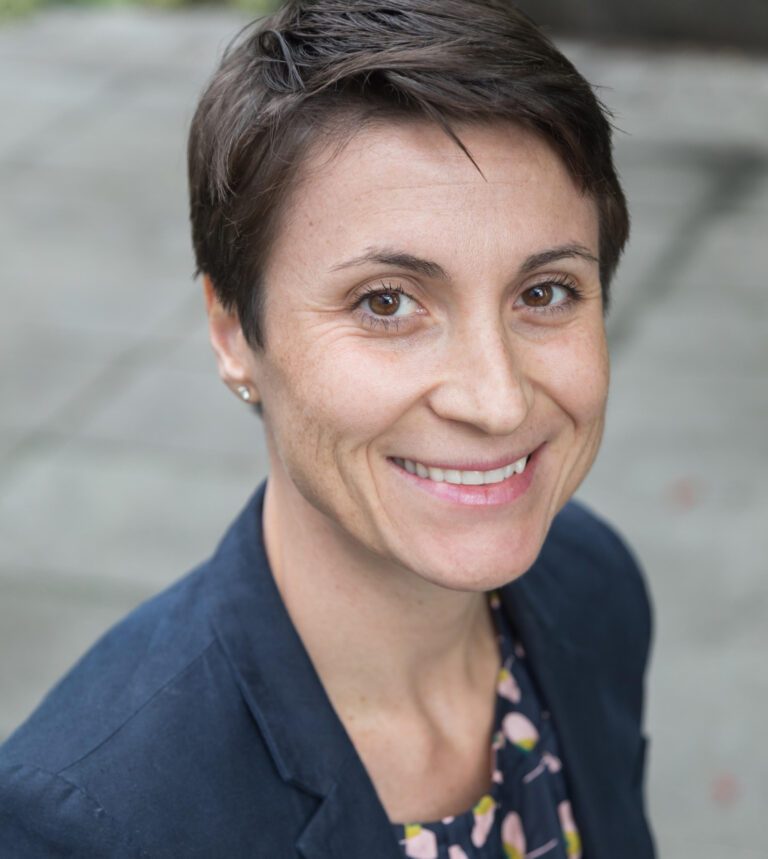Hydeia Broadbent has never known life without HIV.
Born HIV positive in 1984, Broadbent’s virus progressed to Acquired Immunodeficiency Syndrome (AIDS), which meant her T-cell (white blood cells that help protect your body) count became dangerously low. At the time, an HIV/AIDS diagnosis was often a death sentence, but Broadbent was determined to live her short life to the fullest.
She became the face of childhood HIV/AIDS, appearing on nearly every major broadcast and cable television network in the 1990s, including “The Oprah Winfrey Show.” She talked about the social stigma that people living with HIV and AIDS faced, and reminded viewers that people with HIV were “normal people,” too.
In June 2022, Broadbent celebrated her 38th birthday. She had joined National Institutes of Health clinical trials in the late 1980s and the 1990s, which extended her life long enough for her to benefit from the current class of antiretroviral drugs. These newer drugs help support the immune system and reduce how many copies the HIV virus can make of itself in the body. For most people, this will mean an undetectable viral load, as it did for Broadbent.
Over the years, she has been able to manage her HIV, but Broadbent has struggled to pay for her healthcare expenses, including her HIV treatment.
“There have been times when I didn’t have insurance and I was going off and on my medication,” Broadbent said. “I even had one doctor that came in and said, ‘You’re going to die if you don’t start taking your medicine.’ … That doctor didn’t take the time to find out about my insurance or know if I was even being covered.”
Why women of color often get overlooked in HIV care
In 2019, Black and African Americans represented 13% of the U.S. population but made up nearly half (42%) of new HIV diagnoses. Hispanic/Latinx people represented 18% of the U.S. population but made up 3 out of 10 (30%) of new HIV diagnoses. Women of color, and Black women in particular, face significant differences in HIV diagnoses compared to white women. This might explain why the rate of new HIV infections among Black women is 11 times higher than the rate for white women and four times higher than for Latina women.
As with many other health conditions, systemic inequities can make it harder for some women to get treatment. These inequities might be a lack of health insurance or underinsurance, like Broadbent experienced. They could also be the result of not having access to healthcare facilities that are knowledgeable about HIV testing because of a lack of transportation or living in an area that has few providers.
These barriers mean many women of color aren’t being offered medicines called Pre-Exposure Prophylaxis (PrEP) and Post-Exposure Prophylaxis (PEP) that help prevent the spread of HIV. And, if they are positive but don’t know it because they aren’t being tested, they could miss an important window to start antiretroviral medication. Antiretroviral medications can reduce their viral load and prevent the progression of the disease.
“A lot of providers unfortunately are uncomfortable doing a thorough sexual health history,” said Erin Everett, NP-C, AAHIVS, a certified nurse practitioner in Atlanta who specializes in HIV care. “Even if people are connected into care, their providers might not be asking the appropriate questions to reduce their risks. There’s still some providers that don’t do sexual health screenings in general, so you’re missing a whole population there.”
Everett said she asks patients whether they or their partners have sex outside of their relationship, and if they engage in anal, vaginal or oral sex, among other questions. She said a provider should explain that such questions aren’t meant to be judgmental, but can help a provider deliver appropriate screenings and treatments to keep patients safe and reduce the risk of sexually transmitted infections and unwanted pregnancies.
Women can face additional stigma in seeking HIV testing and care for a variety of societal reasons, Everett said. One factor not often thought about is intimate partner violence, which can limit women’s ability to engage in safer sex and seek routine health screenings.
“Religious barriers and religious shame are also barriers,” she said. “For a lot of people in the Bible Belt, it’s shameful to have multiple partners or to engage in some of the sexual practices that they’re engaging in. They’ve been told that their whole lives, so they’re going to be less upfront with their providers.”
And the stigma can go both ways, because providers in certain areas could be less open to receiving education on HIV treatment and prevention.
“We often got feedback from providers such as, ‘If I prescribe that, that’s just going to enable them to go out and have sex,’” Everett said. “Well, people are going to do that anyway, but with proper education, they can do it more safely.”
The importance of early treatment
Access to healthcare can literally be a matter of life or death for people who have HIV or are at risk for getting it. Antiretroviral treatments have been a breakthrough that transformed HIV into a chronic illness, but people living with HIV must use them the right way to keep their viral load low. A rising viral load will increase the health risks of HIV and make it more likely the disease will progress into AIDS.
Broadbent was able to start taking her medication again, but noted the irony that she had to become unemployed to do so. The insurance she had when she was working did not fully cover the costs of her treatment, but unemployment status made her eligible for Medicaid, which paid for it all.
Today, she continues her activism by providing encouragement to others living with HIV/AIDS and prevention tools for those who are at risk for getting the virus. Ideally, she’d like to find work with a nonprofit organization to continue her advocacy and provide insurance to cover her medical needs. She wants to get more Black women, especially younger ones, talking about safe sex and the importance of HIV prevention.
“We have to get people back to talking about HIV,” Broadbent said. “It’s something that a lot of people don’t focus on unless it’s a friend or family member that’s infected, or themselves. Ask your sexual partners to get tested because often we start new relationships and use condoms, then we get comfortable and then the condoms disappear, but we never checked that person’s HIV status. An HIV infection can happen to anyone.”


